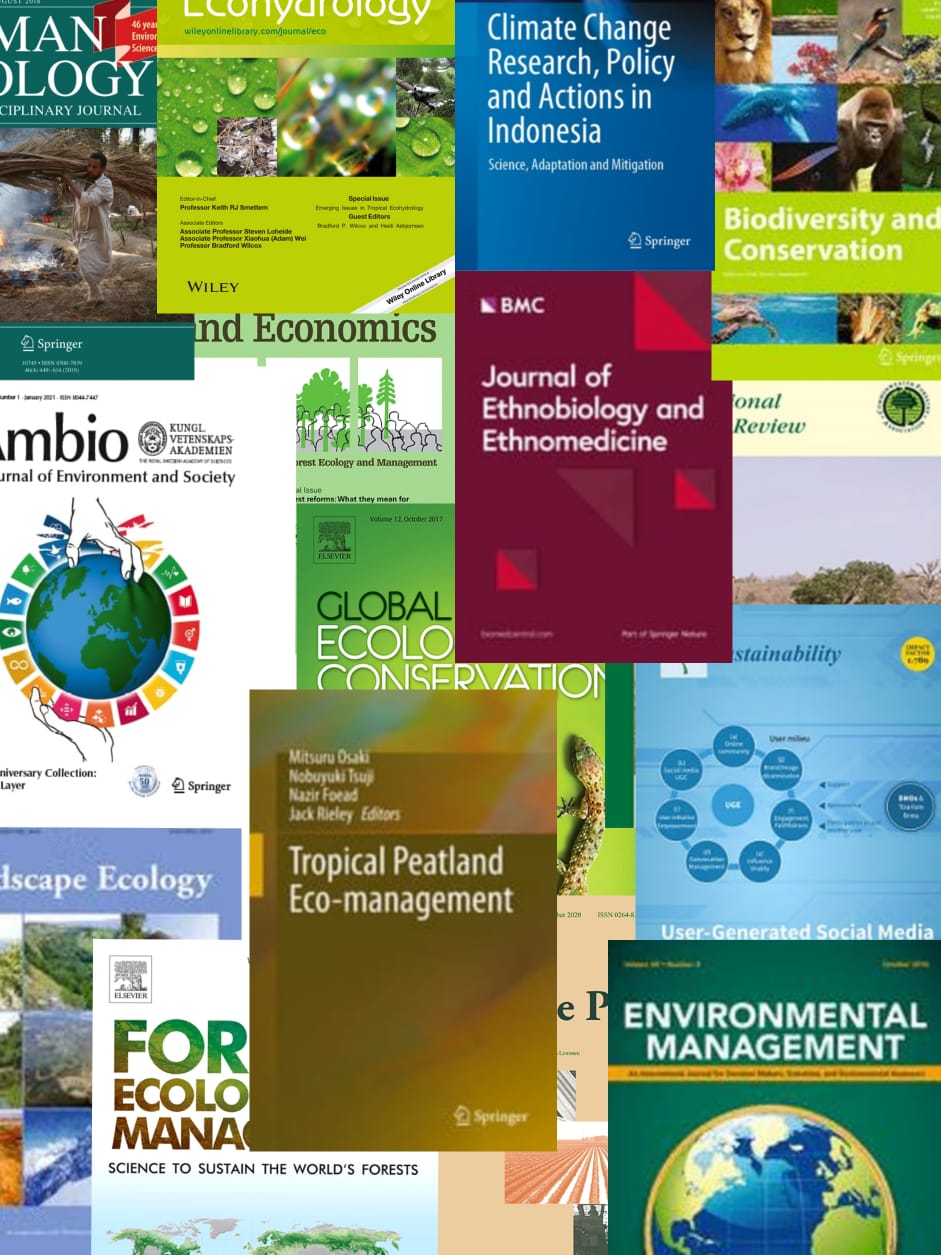Climate change mitigation schemes, such as REDD and biodiversity conservation in tropical rainforests, necessitate remote sensing based forest monitoring capabilities with high spatial resolution and temporal coverage. Regular monitoring has to be capable of detecting rapid changes in forest extent, i.e. deforestation, and subtle changes to the forest cover caused by logging and/or fire, described as forest degradation. Particularly the early detection of illegal logging activities is important for the conservation of tropical forests. In the present study, a forest disturbance monitoring approach was developed and tested, which makes use of high resolution satellite imagery. A time series consisting of three images, acquired between May 2009 and June 2010, was analyzed covering a remote area of tropical peat swamp forest in Central Kalimantan, Indonesia. The forest area was assessed by an object-oriented classification. Logging activities and the impact of fire were detected by a pixel-based spectral mixture analysis. Forest, non-forest and logging trails could be differentiated with an overall classification accuracy of 91.5% (Kappa of 0.87). A high forest disturbance rate of 8.7% was found in the study area. Low impact logging could be detected reliably and the progress was tracked over time. The results show that the timely detection of forest disturbances is necessary because of the fast regrowth of vegetation. The study emphasises the importance of high resolution satellite imagery for tropical forest monitoring and for timely updating forest status assessments, which is important for the implementation of REDD. © 2008-2012 IEEE.
View source

